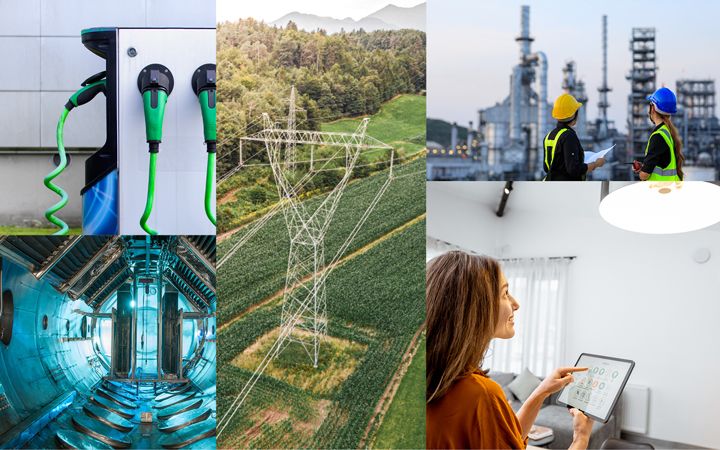
What utility program leaders need to know about electricity demand growth
With U.S. electricity demand expected to dramatically increase compared to the relatively flat growth of the last two decades, utilities will undoubtedly face a host of new challenges.
Utility program leaders need sophisticated integrated system planning to understand the entire utility system, including the impacts of rising demand, resource options to meet demand, and other goals.
Utilities just getting started with this level of integrated planning can begin with an initial screening scenario. Using data-backed analytics platforms can help utility leaders to both visualize the impacts of rising demand and model solutions optimized for their unique strategic priorities and operating contexts.
With those types of insights available, utility leaders can develop strategies specifically designed to address their differing concerns—whether that’s the growth of electric vehicles in California, crypto mining in Texas, or data centers in Virginia.
Demand-side management (DSM) programs
Utilities have traditionally helped manage electricity demand through DSM programs that reduce customer consumption or curtail energy use during peak demand periods. These programs are typically a far less expensive way to manage demand than building new infrastructure.
In this age of rapid demand growth, utilities must continue to increase adoption, maintain customer satisfaction, and ensure program targets are met. By enhancing tried and true program implementation tactics with advanced planning and engagement analytics, utilities can get even more out of these programs than they have historically.
As the current of demand growth continues to rise, utility program leaders must embrace new technologies to navigate the challenges ahead. From advanced analytics platforms to sophisticated integrated system planning, utilities now have tools available to help visualize the impacts of rising demand and develop tailored strategies for success.

